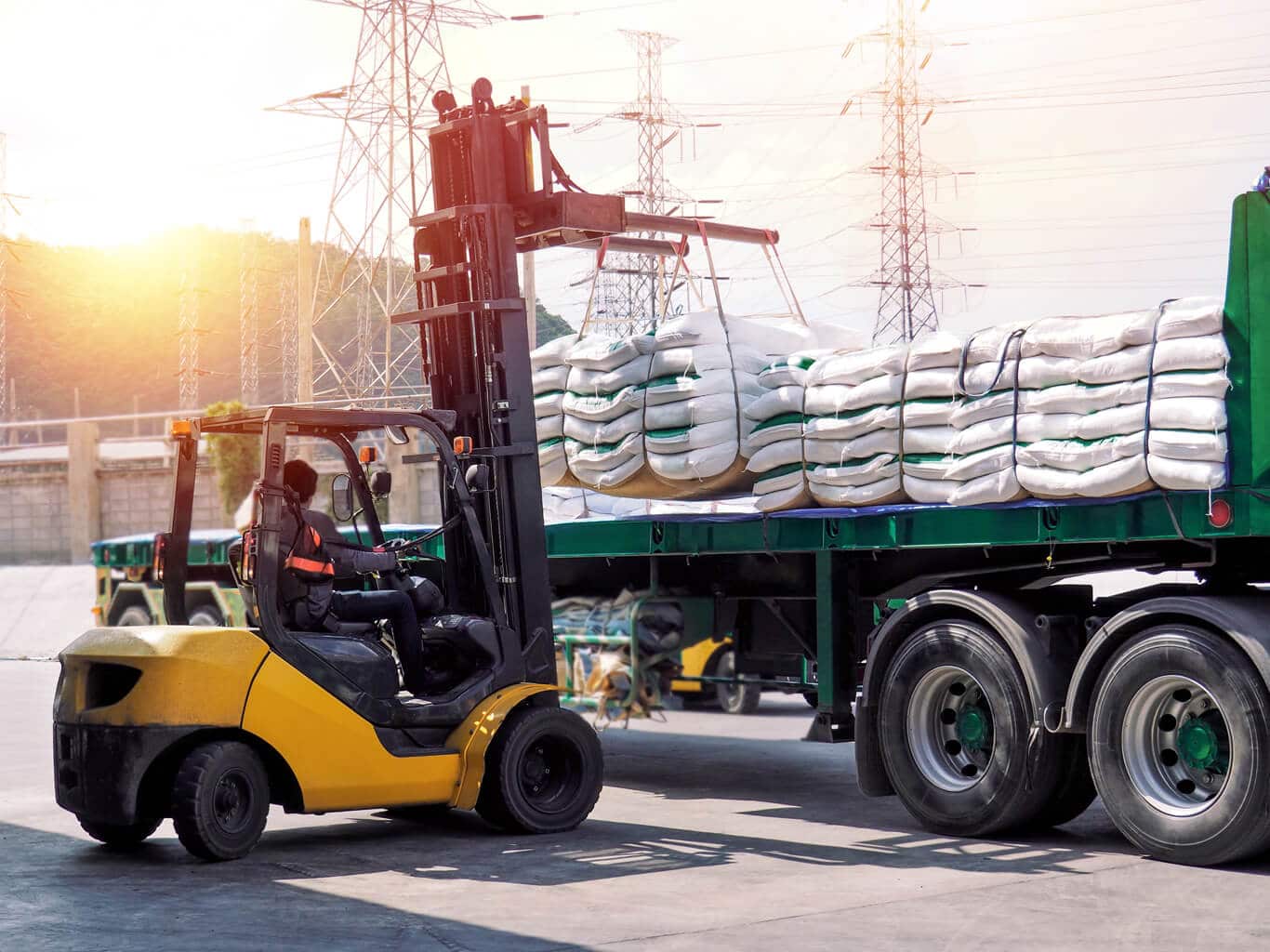Does the CE Marking Machinery Directive Apply to My Equipment?

When embarking on the journey of applying the CE Marking to equipment or components, a common question we get is “what exactly is the Machinery Directive and what constitutes machinery?”. This article will cover those questions in detail along with other factors related to determining if/when the Machinery Directive standards apply.
Generally speaking, the Machinery Directive 2006/42/EC applies to the following:
- Machinery
- Interchangeable equipment
- Safety components
- Lifting accessories
- Chains
- Ropes
- Webbing
- Removable mechanical transmission devices
- Partly completed machinery
It includes both placing on the market and putting into service. This is very important as the person placing the equipment on the market may not be the person placing the equipment into service. The obligations are the same under the legislation.
There are some exceptions, including:
- Certain safety components
- Some fairground/amusement park equipment
- Weapons
- Nuclear equipment where a failure could release radiation
- Equipment where the safety aspects are covered satisfactorily by the LVD
- High-voltage equipment such as switch/control gear and transformers
What Is Classified as Machinery?
In general, the machine needs to have some powered moving parts that do not use directly applied human or animal effort. If parts move due to a motor or use stored energy then they could be within the scope of the directive.
The vast majority of machinery may be self-certified by the manufacturer who must meet the administrative and EHSRs of the Directive in Annex I.
The EHSRs demand that machinery suppliers identify the hazards their equipment contains and assess the risks these hazards present to users. Any risks identified must be reduced to a low level which is acceptable bearing in mind the nature of the machine. But it does not cover just machinery.
Annex I is comprehensive as it covers all safety aspects including warnings, instructions, construction, materials, and much more.
If the machinery is designed to be used with foodstuffs, cosmetics, pharmaceutical products, handheld or hand-guided machinery, portable woodworking machinery, impact machinery, and pesticide equipment then Annex I Section 2 is applicable with additional requirements.
Section 3 applies to machinery where there may be additional hazards present due to the mobility aspects.
Section 4 concerns hazard aspects involved in lifting operations.
Section 5 concerns hazard aspects found in underground equipment.
Section 6 concerns hazard aspects of equipment designed to lift persons.
The administrative provisions of the Directive require manufacturers to produce a Technical File, sign a Declaration of Conformity, and label the product with certain markings. These are laid out in Annex II.
Manufacturers of partly completed machines intended to be incorporated into another machine or which cannot function unless built into a production line must sign a ‘Declaration of Incorporation’. This states that the machinery is incomplete and must be made to fully conform to the requirements of the Directive before it is brought into service.
Annex III shows the CE Marking requirements. These are minimal and normally the CE Marking on machinery is larger than the 5mm minimum size specified.
Annex IV lists 23 types of machines that are subject to special procedures. The special procedures are shown in Article 12 points 3 and 4. These must either be made fully in accordance with the provision of the harmonized standard or be subjected to type examination by an EU Notified Body.
This includes products such as vehicle lifts, band saws, sawing machinery, and presses to name a few from the Annex.
Understanding the Safety Components of the Machinery Directive
Safety components are types of equipment that are independently placed on the market and whose failure might endanger the safety of persons.
Annex V shows what are regarded as safety components. Some of them include:
- Guards for removable mechanical transmission devices
- Logic units to control safety functions
- Machine extraction systems
- Load monitoring devices for lifting machinery
- Rollover protection
- Emergency stop controllers and two-hand control devices
- Shock absorbers
- Falling object protective structures
It is notable that many of these items do not fit the traditional definition of machinery and may normally be considered as electrical equipment. However, because they have a safety function for the machinery they are covered by the Machinery Directive.
Other Annexes
Annex VI applies to instructions for partially completed machinery which must be in an official language and of such detail to ensure that such equipment can be safely incorporated.
Annex VII concerns the technical file requirements for both machinery and partially completed machinery. The technical file needs to show how the directive is complied with and needs to be available for inspection and use by the authorities for ten years.
In the case of any safety incidents, this is the document authorities will generally review during their investigations. Technology International can help you produce your documentation ensuring the important aspects are covered.
CE Marking Machinery Directive and Equipment Guidance
In summary, you need to carefully consider your machine operation against all the relevant ESHRs and ensure your machine is safe for all stages of its life from design through installation, use, and ultimately to its disposal.
Technology International can help you understand these requirements as well as offer guidance in appointing a suitable economic operator.